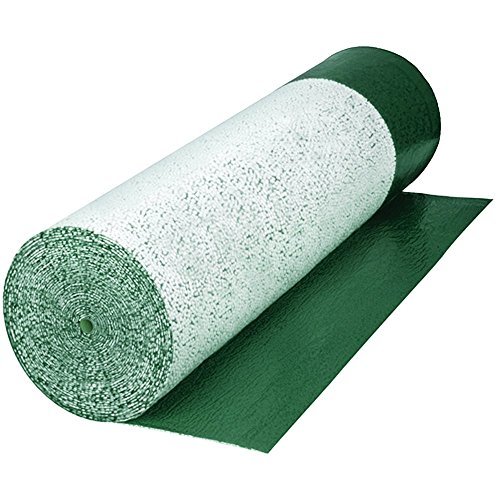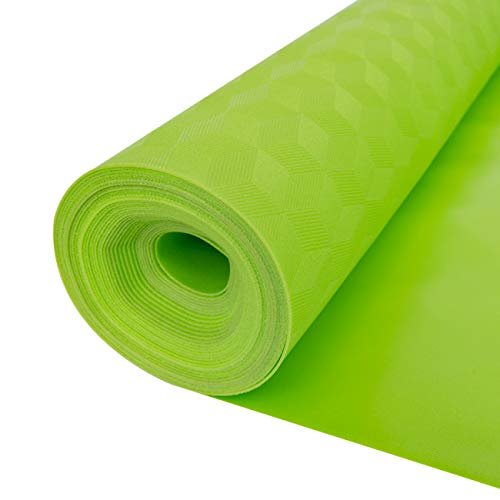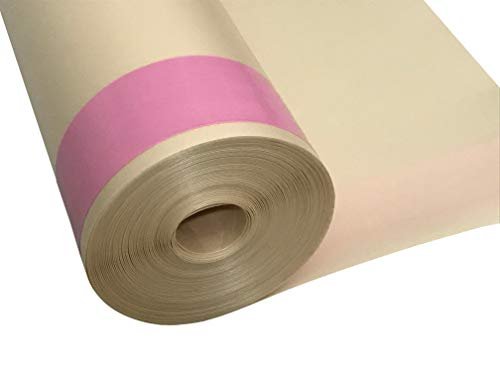Underlayment for Vinyl Flooring: Your Ultimate Guide
What is flooring underlayment?
Flooring Underlayment is basically a thin layer of material that is sandwiched between other materials. It can use material such as fiber, felt, rubber or foam. The underlayment helps cushion, sound absorption, insulation and reduce wear with your flooring. It provides a “vapor barrier” to prevent moisture from coming through and damaging your floor. It can also help dampen noise as HOA or condo associations usually refer to sound rating test.
As vinyl flooring is becoming popular, more and more people are buying it for both residential and commercial applications. When you ask this question: Do I need underlayment for your vinyl flooring? I am sure you are mostly likely already selected your vinyl flooring or about to select your vinyl flooring. Congratulations that you make a good flooring choice, vinyl flooring is indeed very good flooring.
Question: do I need underlayment for vinyl flooring?
The answer is: it depends.
If you don’t need extra function between subfloors and vinyl flooring, and your subfloor is in good condition, then you don’t need underlayment. Orelse you will need underlayment.
Extra functions:
- Sound absorption
Moisture protection
Subfloor installtion problem solving
Insulation
In this article we will talk about the ultimate guide of whether you need underlayment for vinyl flooring.
It’s an in-depth article that takes 20 minutes to read.
Navigation, click to jump to the section you want to read
Underlayment for Vinyl Flooring: Your Ultimate Guide
1) What is vinyl flooring
Vinyl flooring refers to the flooring produced with PVC materials. Specifically, it is produced by taking polyvinyl chloride and its copolymer resin as the main raw material, adding fillers, plasticizers, stabilizers, colorants and other auxiliary materials on sheet continuous substrate through coating process or calendering, extrusion or extrusion process
In this article the vinyl flooring we will mainly talk about
LVT Luxury vinyl tile
LVP Luxury vinyl plank
SPC Stone plastic composite
WPC Wood plastic composite
We already talk about underlayment for vinyl sheet in another article, cause the answer of underlayment for vinyl sheet flooring is YES mostly.
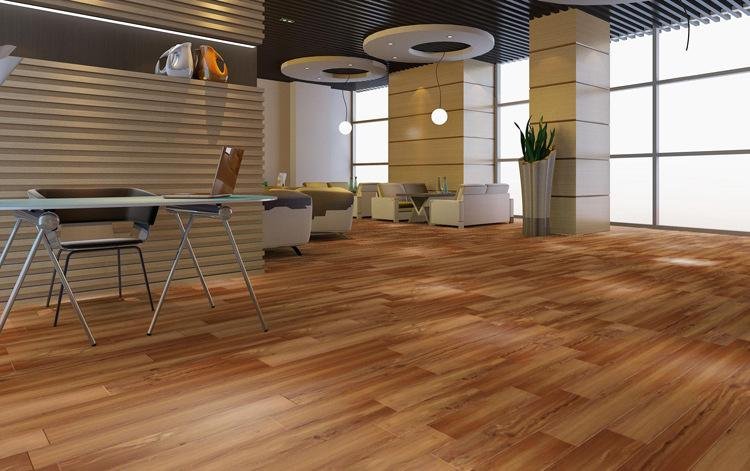
2) What is underlayment?
Underlayment is basically a thin layer of material sandwiched between other materials. The flooring underlayment is a thin layer of material, such as fiber, felt, rubber, self leveling cement or foam. It helps to cushion, absorb sound, insulate heat, reduce the wear of the floor and strongly improve the installation quality.
3) What are the major underlayment materials?
Foam: Foam is one of the cheapest underlayment in the market. And it is a very good underlayment choice. Foam is usually not very thin so it is a perfect underlayment for sound reduction and it can increase the softness of the vinyl flooring finishing. It will need extra treatment on the foam if there is water or moisture issue and you can find this kind of products easily.
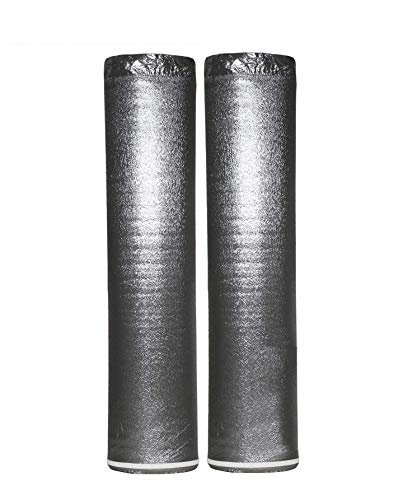
Felt: Felt is thin, it can reduce the sound better than foam cause it is denser. It can be insulated and it can also solve the moisture problem if with special treatment. But it might not be the good in increase the softness of the final vinyl flooring finishing cause it is not thick enough. Anyway, felt is also a very good flooring underlayment choice.

Cork: Cork is rigid underlayment, flat and strong. Unlike other plastic underlayment, cork will definitely help the vinyl flooring installation easier. It can also reduce the sound.
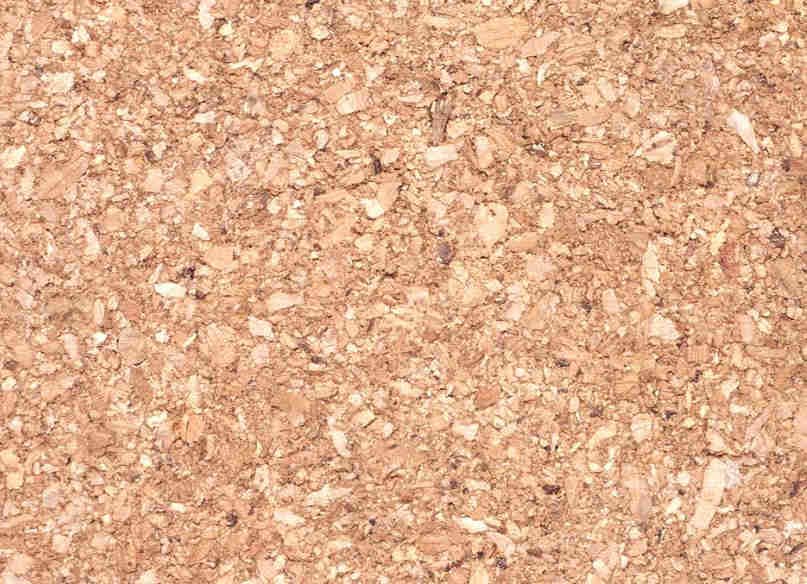
Particleboard: Particleboard is like cork, but less strong and inexpensive. Normally we don’t recommend this.
Plywood: Plywood is stronger than particleboard, and it is water resistant. But plywood is not very suitable to bear the heavy weight on the floor, so we don’t recommend this either.
4) Main functions of floor underlayment:
Different underlayment will have different function. Below are some of the common functions for flooring underlayment:
Sound absorption
For all the floorings, how to minimized noise pollution is one of the important problem that designers need to consider. Different sound insulation solutions need to be provided in different places such as inside households, between households and social areas. Achieving lower noise pollution is a necessary condition to reduce stress and promote work or learning comfort & efficiency, and make people enjoy higher living quality. The simplest way to solve the noise problem is focusing on the flooring, and a suitable underlayment will help on this.
Moisture protection
We know that moisture resistance is an important technical index of flooring. We understand that vinyl flooring is waterproof, but we will also need to make sure the subfloor is clean and dry. Just in case, there is poor moisture-proof performance of subfloor, under the “steaming and baking” of geothermal for a long time, once the moisture enters, the edge of the vinyl flooring must be warped, the vinyl flooring and subfloor will not stick together, and causing damage to the flooring. The high-quality underlayment adopts high-density substrate, which has good moisture-proof performance, will help the moisture problem in daily use.
Subfloor installation problem solving
This is similar to moisture protection. Once there is some of problem of the subfloor, such as moisture, broken subfloor surface, not very flat subfloor surface, etc. Then we will need underlayment to cover all these problems and the vinyl flooring will be lay on the very good quality underlayment, this will guarantee the final installation quality.
Insulation
Good insulation underlayment will help keep the inner temperature from outside. We don’t want the heat go out easily in winter and we don’t want the cold go out in summer.
5) How to choose underlayment?
Underlayment for SPC: SPC is one of the most popular vinyl flooring on the market. Since it is not as thick as other vinyl flooring, and the core is hard which also means it is not very comfortable to walk. So it should be better if SPC flooring choose soft underlayment like foam, felt or cork.
Underlayment for WPC: WPC flooring is thicker and more comfortable to walk, so we can use some thinner underlayment. Felt is very good, sometimes foam is ok too.
Underlayment for LVT and LVP: First of all, it will depends on the thickness of LVT & LVP, if is very thick with thick backing layer, then a thin underlayment is ok to use such as felt. If it is not very thick of LVT & LVP, then we will choose thicker underlayment, such as cork or foam.
Underlayment for Click-lock vinyl flooring: Click-lock flooring is easy to install, but there is a big disadvantage: it will leave a tiny space between the subfloor and vinyl flooring. In this kind of case, it will be much helpful if the underlayment can fill the space.
Underlayment for loose lay vinyl flooring: Loose lay vinyl flooring always come with a backing layer, it can be thin or thicker, but always soft backing layer. So you don’t need to use soft underlayment, while hard underlayment will be good for it.
Underlayment for glue down vinyl flooring: this will be highly depends on the type of flooring you bought. What you need to consider is the extra underlayment function it need and suitable vinyl flooring to glue down.
Underlayment for concrete subfloors: As you know concrete is very hard and strong, so you the underlayment should be soft, moisture protection and insulation. Softness will help people more comfortable to walk on, moisture protection will help to put an extra barrier from the vinyl flooring being damage, and insulation will help keep the flooring warm from cold weather.
Underlayment for wood subfloors: You will need to consider noise reduction and cushion. Cushion will help you more comfortable to walk, and noise reduction will help you enjoy better living experience.
Underlayment for other existing floors: You will need to check current subfloors carefully, and try to keep in the mind the functions of underlayment: sound absorption, moisture protection, insulation and improvement of current subfloors. You just need to check one by one and find out what function underlayment can provide and then choose the most suitable underlayment.
6) Final answer: Do I need underlayment for vinyl flooring?
Before we answer this question, please ask yourself below 2 questions:
- Are your subfloors in good condition? Free of damages? Very smooth and flat? Very clean and dust free?
- Do you need extra function on your subfloor and vinyl flooring:
Sound absorption
Moisture protection
Insulation
Correction of your current subfloor to make it more suitable for vinyl flooring installation.
Now we come to the final answer: do I need underlayment for vinyl flooring?
Answer: if you don’t need extra function between subfloors and vinyl flooring, and your subfloor is in good condition, then you don’t need underlayment. Orelse you will need underlayment.
This article is written by Longda Flooring (www.longdaflooring.com), a leading vinyl sheet flooring manufacturer from China.
Please contact Longda flooring for a free quote on your vinyl flooring needs. We have quick response, efficient communication, quality products, on time delivery, and competitive price.
Longda flooring
- Address: Plastic Packaging Base Xiong County Baoding City Hebei Province China
- Tax number: 130638601219032
- Bank: Xiong County Branch of China Construction Bank
- Bank account: 1300 1668 4080 5000 7204
- Phone: 0086-138 2882 1440
- WhatsAPP: 0086-138 2882 1440
- Fax: 86-312-5863390
- Email: sales@longdaflooring.com
Follow us
Copy right by Longda China

